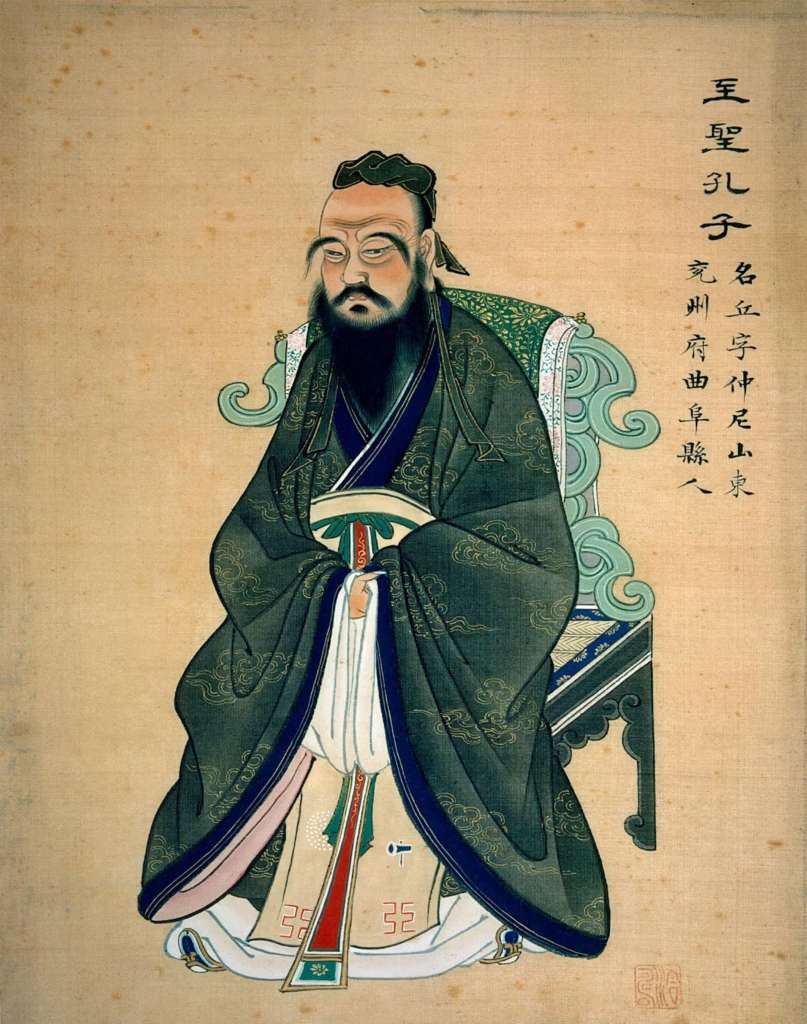01 TAN PECK LIAN 陳柏連
The Calendars
TAN PECK LIAN* 陳柏連 (1897–1942) Place of Ancestry: Unknown
The Showa (昭和) reign began in 1925, and under Japanese Occupation (1942 – 1945), the calendar was used in daily and official life, including tombstones. The burial registry of Bukit Brown during the occupation, however, still used the Gregorian calendar to record entries. It may not have been an edict to use the Showa calendar on tombstones, but it was certainly expedient, given the harsh regime of the Japanese occupation, especially against the Chinese.
The dominant use of reign year calendars in the early years of Bukit Brown is a reflection of nascent ties with the motherland. The reign-year tombs uncovered here and in the greater Bukit Brown area include emperors from Daoguang ( 道光帝) to Xuantong (宣统帝), the last emperor who stepped down in 1912. An emperor better known by his personal name Puyi (溥仪) popularised in the Oscar-winning epic The Last Emperor (1987) by director Bernado Bertolucci. In Bukit Brown, the oldest tomb discovered is dated to Daoguang’s reign year six.(道光六年)。 He ascended the throne in 1820.
In 1911, Mingguo (民國), the Republican calendar replaced the reign years of the monarchy. It heralded a sea change that began with the collapse of the Qing dynasty, ending some four millennia of the Mandate of Heaven. A new version of the Chinese character for “country” 囻 emerged with the character for “emperor” (王) replaced by “people” (民). When the Mingguo calendar began to be used in Bukit Brown, it symbolised acceptance by the diaspora of a new China. How this would materialise is another chapter of Bukit Brown’s history.
The concept of a calendar embodying ideology and identity is most evident in the use of the “tianyun” (天运) calendar translated as “heaven’s reign”, a departure from the reign years and a clear signal of opposition to the established Mandate of Heaven – the Manchu led Qing dynasty. It can be found on #tomb16 on Wayfinder, belonging to Madam Lu Shang Lian. Her tomb was erected by her sons, who had started a small secret society or triad, called Little Dagger Society (小刀會). It was part of the larger landscape of the Taiping Rebellion (太平天國起義 1850 – 1864), which was so widespread that it left a death toll estimated between 20 and 30 million people.
The Confucian calendar is based on Confucius’ birth year, 551 BCE, making the Confucian year for 2025 equivalent to 2576. In the late 19th and early 20th centuries, Chinese leader Lim Boon Keng was a prominent advocate of the Confucian calendar as part of his efforts to revive Confucian teachings over Christianity – the religion of the coloniser. Lim, who received an English education at Raffles Institution was not schooled in Chinese until an encounter in Scotland where he was studying for his medical degree. Seeing that he was Chinese, a classmate asked him for help to translate a Chinese scroll. This moment served as an epiphany for Lim, that led him to reexamine his identity and roots. He later learnt Mandarin as an adult, to a proficiency level, sufficient for him to translate the classic Li Sao (An Elegy on Encountering Sorrows) into English.
The Confucian calendar can be found elsewhere on Wayfinder #tomb18 of Cheang Chong Hwi, the eldest son (adopted) of Cheang Hong Lim

Confucius was a Chinese philosopher, politician, and teacher whose message of knowledge, benevolence, loyalty, and virtue were the main guiding philosophy of China for thousands of years.
(Illustration by Christophel Fine Art, UIG via Getty)
by Catherine Lim
*: In Tan Peck Lian’s signage, it should be “his tomb”, instead of “her tomb”.
Further Readings:

Recent Comments